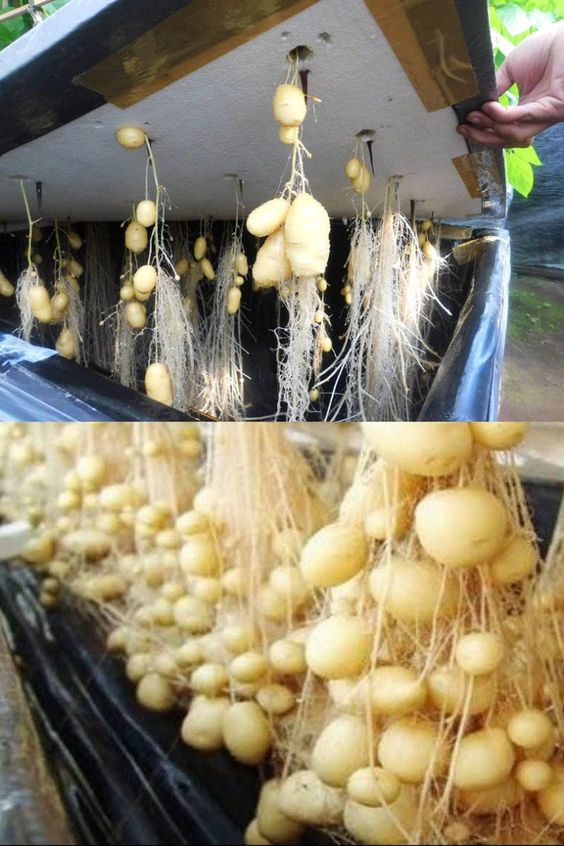Growing potatoes is a rewarding and relatively easy endeavor that can yield a bountiful harvest with the right techniques. Whether you have a garden plot or limited space for pots or containers, you can still enjoy a plentiful potato harvest. Here’s how:
1. Choose the Right Potatoes: Select high-quality seed potatoes from a reputable source. Look for certified disease-free varieties suited to your climate and growing conditions.
2. Prepare Your Soil: Potatoes prefer loose, well-draining soil with a slightly acidic pH between 5.0 and 6.0. Prepare your garden soil or potting mix by adding organic matter such as compost or aged manure to improve soil structure and fertility.
3. Planting in Garden Soil:
- Plant potatoes in early spring after the danger of frost has passed. Space rows 2-3 feet apart with seed potatoes placed 12 inches apart within the rows.
- Dig a trench 4-6 inches deep and place seed potatoes with the eyes facing upward. Cover with soil and water thoroughly.
- As the plants grow, gradually mound soil around the stems to encourage tuber formation and protect developing potatoes from sunlight.
4. Planting in Pots or Containers:
- Choose large containers with a minimum depth of 12 inches to allow for adequate root development.
- Fill containers with a well-draining potting mix, leaving 4-6 inches of space at the top.
- Plant 1-2 seed potatoes per container, positioning them near the center and covering them with 4-6 inches of soil.
- Water thoroughly and place containers in a sunny location with at least 6-8 hours of sunlight per day.
5. Watering and Fertilizing: Keep the soil consistently moist but not waterlogged, especially during the tuber formation stage. Avoid overhead watering to prevent foliage diseases. Fertilize periodically with a balanced fertilizer or compost tea to support healthy growth.
6. Hilling or Mounding: Whether growing in garden soil or containers, periodically mound soil or mulch around the base of the plants as they grow. This encourages additional tuber development and prevents potatoes from being exposed to sunlight, which can cause them to turn green and become toxic.
7. Harvesting: Harvest potatoes when the plants begin to yellow and die back, usually 2-3 weeks after flowering. Carefully dig around the plants to avoid damaging the tubers, and collect your bountiful harvest!
With these simple steps, you can grow potatoes easily in garden soil, pots, or containers and enjoy big yields of delicious, homegrown spuds!
